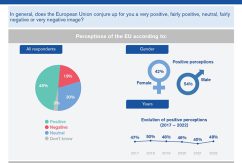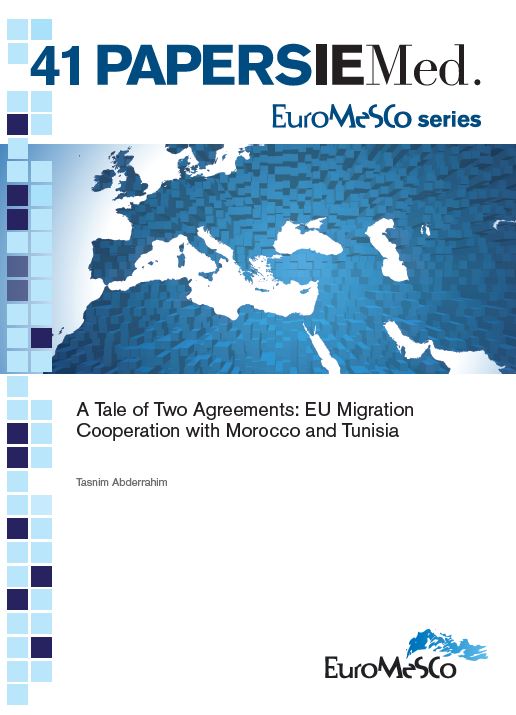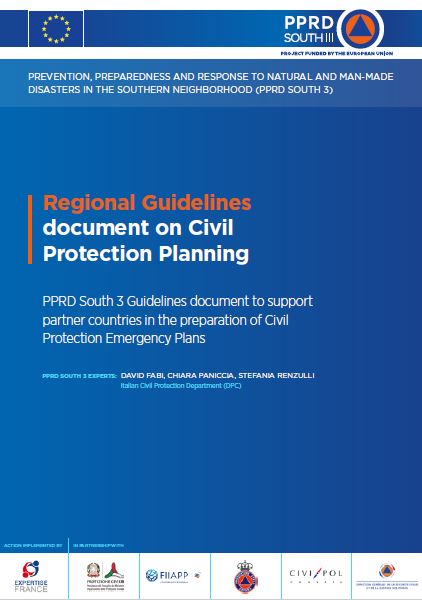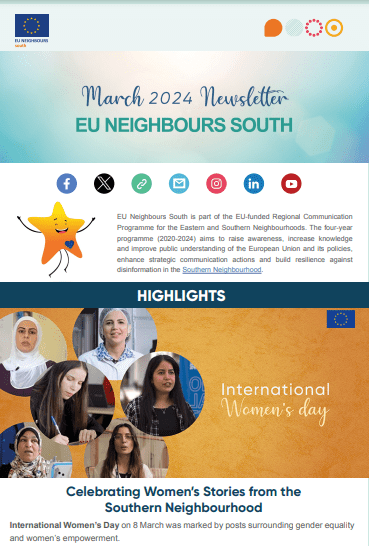The Council of Europe Convention on preventing and combating violence against women and domestic violence (Istanbul Convention): Questions and answers
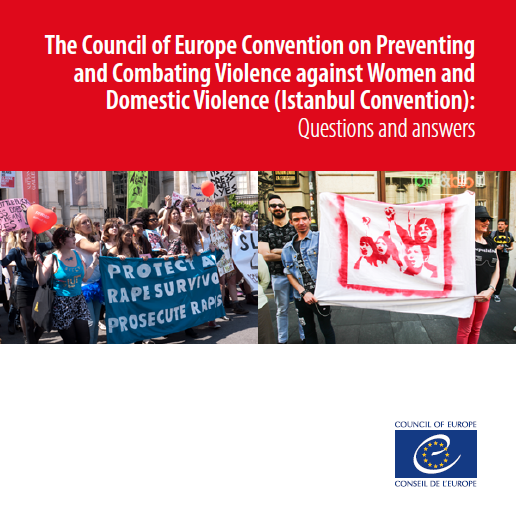

Violence against women is a serious violation of human rights. Faced with disparities between States in terms of legislation and assistance to victims, the Council of Europe adopted in 2011 the “Convention on Preventing and Combating Violence against Women and Domestic Violence” (Istanbul Convention).
Widely recognised as the most far-reaching legal instrument to prevent and combat violence against women and domestic violence as a violation of human rights, it requires State Parties to adopt measures and legally binding sets of standards to combat all forms of violence against women. It focuses on preventing violence, protecting victims, prosecuting perpetrators and implementing integrated policies.
As part of its policy towards neighbouring regions, the Council of Europe supports several beneficiaries in the Southern Mediterranean region in the adoption and implementation of new legislative frameworks, inspired by the provisions of the Convention.
The Istanbul Convention garners significant support from national and local authorities, civil society organisations, parliamentarians and the media. However, a distorted view of its content persists. This brochure in English, French and Arabic revisits several untruths and recalls some fundamental points around the Convention.


























